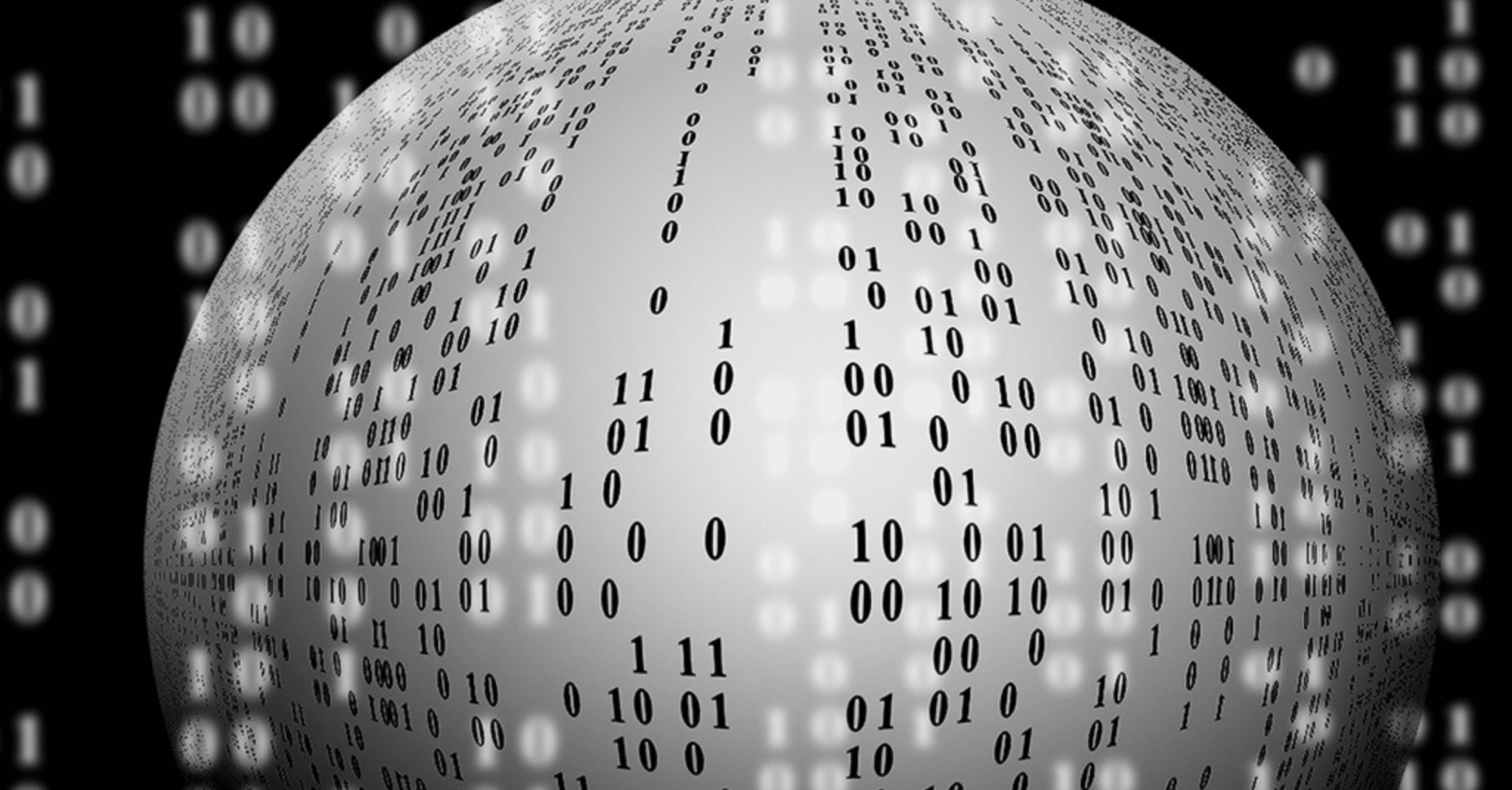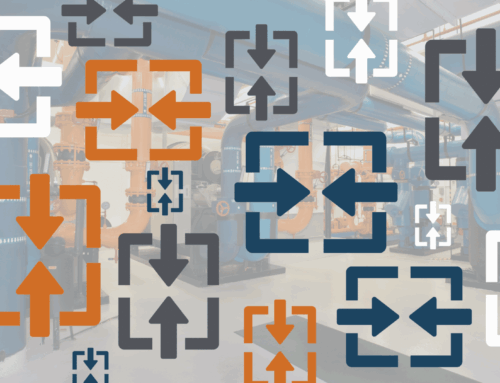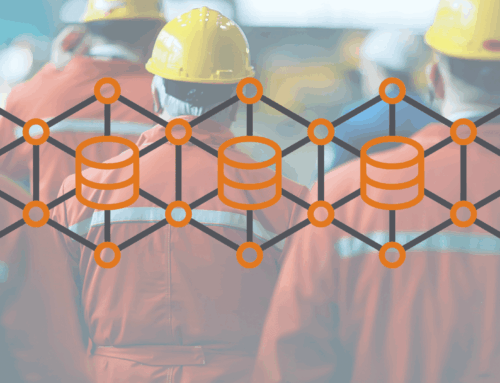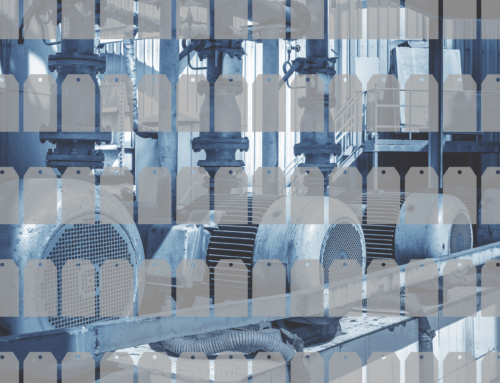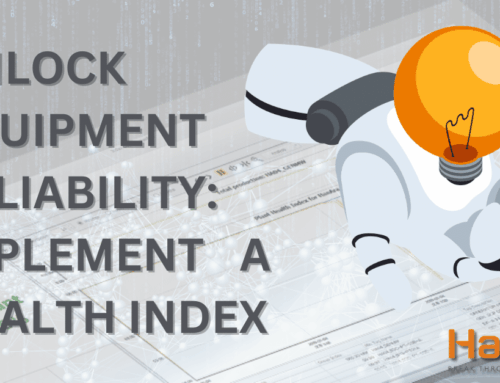Establishing a Centralized Monitoring Center (CMC) in a plant environment can be as critical to successful operation as the equipment running the plant. As the hub of monitoring and analysis, a well-designed CMC enables effective analysis and resolution and allows rapid communication between decision-makers, engineers, and on-site personnel.
While a CMC is beneficial in the everyday operation and management of the plant, the structure truly shines in emergency situations when personnel in the field need accurate information as rapidly as possible to resolve problems. Management, likewise, requires the same access to make appropriate plans and decisions so that all aspects of the plant operate as optimally and safely as possible.
A critical component of any CMC is the software gathering data and providing actionable intelligence. There is no shortage of technology options, so performing thorough due diligence and finding the best fit is key. Here’s how:
Centralized Monitoring Center Selection Checklist
One omission from the following selection criteria is price. While price will undoubtedly play a part in the final decision, it is more important that the technology selected perform all the necessary functions you need for optimal operation of your plant. It is also valuable to understand what you are getting for your money. It’s not just the out-of-the-box price but also the lifetime cost of operation. So, before you consider price, be sure your candidates satisfy these criteria:
Data Monitoring Anywhere, 24/7
A primary reason for setting up a Centralized Monitoring Center is to have ready access to data. This information will be available in the primary control room. But it should also have integrated tools that allow for access remotely. This is critical during emergency situations when decision-makers may not be available on site.
In addition, plants create an ocean of data that is impossible to analyze manually. Having technology provide plant-wide and fleet-wide analysis enables experts to hone in on an in-depth analysis of particular problem areas or equipment. By focusing your experts on specific, critical data analysis when there is a potential issue or failure will improve efficiency and reduce unneeded loss.
However, data is pointless unless it transforms into actionable intelligence. Knowing the temperature of a piece of equipment does not equate to improved operations. Analysis of the temperature, and the temperature in relation to the current operating environment, turn data into intelligence. Utilizing predictive maintenance solutions within the CMC enables continuous analysis and monitoring that is not limited by location, time, or resources.
Central Integration and Collection of Sensor Data
Inside any single plant, there are numerous types of sensors, equipment, manufacturers, and data collection systems. When looking at the enterprise, these figures multiply. So, how can you expect to understand what is happening across the operation when data is siloed by equipment, manufacturer, or site?
By integrating into a central data historian, you eliminate the inefficiency of going to multiple locations or systems for the needed data. In addition, sensors, equipment, and systems do not exist in a vacuum. Focusing solely on a particular sensor or unit ignores the complexity and interconnectedness of a plant. Selecting technology that integrates the vast amount of data and develops an interconnectedness of a plant is key.
Sensor data provides the pulse of a plant and fleet. It is the historical memory of the past, and it is the current real-time operating condition. With sensor data, a CMC can understand why they had an issue, how the plant or fleet is currently operating, and why and when future issues are likely to arise. But if your collection only contains certain data or requires extraction of data from multiple sources each time, you limit your view and introduce unneeded inefficiencies into the decision-making process.
Easy-To-Use Solutions for Quick Data Analysis
In everyday applications, an easy-to-use data management solution means less time lost for staff training. It also means better and more accurate reports for making routine decisions regarding maintenance, part inventory, scheduling downtime, and staffing shifts.
During an emergency situation, easy-to-use means less time lost due to difficulties in gathering appropriate information needed for making actionable decisions. In situations where minutes can be the difference between a few minor repairs and total failure, the last thing your CMC needs is uncertainty in the data being used properly.
Like most industries, plant operations experience turnover that impacts productivity. As such, your software solution should not be something used or understood by a limited number of people. Nor should it be so complex that it requires an advanced degree or other extensive training to realize its benefits. Such solutions are tools that improve business performance regardless of who is at work.
Additionally, the product and provider you select should recognize the need for customization for your plant or fleet-specific needs regardless of the many similarities that exist between plants. Selecting a data historian solution provider means having a relationship with an open line of communication that ensures the tool is providing business value.
Quick Access to Real-Time and Historical Data
A plant rarely has the luxury of time. Equipment will not wait to fail until management has the appropriate information to take optimal action. In addition, such failures can have serious safety ramifications beyond drops in production.
A CMC does not simply need information. It needs the right information at the right time — after an injury or after equipment failure is too late. Choosing software solutions with quick retrieval speed and automated analysis minimizes the chances that organizations make decisions without all necessary information available. And to be most effective, a Centralized Monitoring Center needs access to both historical and real-time data.
Historical data is key in predictive maintenance software activities, as it provides normal, fault-free data that the CMC can use to understand how the plant should be operating in the current environment compared to current, actual operation. And current, real-time data is not from yesterday. Your CMC is making decisions in real time. And your data should be in virtual real time as well. Why ? Because the environment of a plant can change in minutes.
Dashboard for Easy Visualization
The dashboard that the data management software provides should both produce a complete picture of the data. It should also be easy enough to read so critical deviations can be detected quickly and accurately. Some dashboards are so jumbled with information that it becomes difficult to see where potential issues are developing and your data scientists experience a moment of data paralysis. Other dashboards can be so parsed down that important information is left out of decision-making process altogether, and bigger issues develop down the road.
In cases of limited resources, plants may monitor all equipment only periodically. Or, monitor only certain equipment all the time. This works only if the monitoring lines up with the start of an issue. And it also relies to some degree upon luck.
In addition, having reliable critical pieces of equipment is great, but when an issue does arise and there is limited monitoring due to its history of reliability, catastrophic and expensive failures become increasingly more possible. Having dashboards that provide the CMC with relevant information and alert the center of deviations that may otherwise go unnoticed allows all equipment to be monitored all the time.
Data Security at a Centralized Monitoring Center
In this ever-evolving world of technology, data security is of utmost importance. This involves both protecting your data and intellectual property and protecting your plants from outside hackers looking to sabotage your operation.
During daily operations, your CMC must trust that the information it receives accurately reflects the equipment and its condition. The historical data must be archived properly so that it is easily accessible and complete. Missing data is missing information that may be vital in decision-making processes.
Also, reporting requirements and compliance necessitate confidence in data security. All solutions chosen must have minimal-to-near-non-existent data loss. This does not mean that all data for every piece of equipment must be stored. To optimize data storage, look for industrial data monitoring solutions that utilize techniques like archive changed data with configurable deadbands. Beyond the software itself, a CMC needs to have a strategic backup process. Software solutions should be able to buffer data if there is a lost connection. But the CMC should also implement backup policies outside of the software to complement the built-in security strategies.
Beyond data storage security, a Centralized Monitoring Center should also be concerned with cyber-security. A CMC needs only to implement solutions with monitoring capabilities, not controlling capabilities. There are many advanced systems to control communication. But a simple (and inexpensive), one-way communication technology that does not allow anything to be sent back into the plant is a cost-effective way of protecting a plant or fleet from cyber-attacks.
Comprehensive Training Program
There are certainly many quality data historian tools available in the plant optimization marketplace. However, not all of them offer a comprehensive training program. This means lots of lost time as your staff familiarizes itself with all the functionality of its new tool. Or worse, missed information crucial to accurate decision-making.
Some providers may also position their product as so simple to use that the software requires no training beyond the initial setup and product introduction. There are warning flags here for the buyer. 1) The tool itself is not comprehensive enough to truly provide long-term value to the plant. Or 2) the vendor sacrifices the training program to keep the product price competitive. Neither situation will provide the plant with the technology it truly needs.
Dedicated Solution Support Team
Another service that can often separate products in the decision-making process is on-going support beyond installation. It is quite common for a plant to set out with parameters in mind for its technology solution. Later on, they find themselves needing additional or different functionality. It is also common for technology software makers to continually modify and upgrade their tools. Without a dedicated solution support team helping you through both situations, your technology investment will not provide you with its best possible value.
We are here to help you on your digital transformation journey as we have helped our customers improve their opeations with HanPrism, our advanced data management tool for monitoring real-time and historical data. Check out our LinkedIn page for future posts and reach out to learn more!
